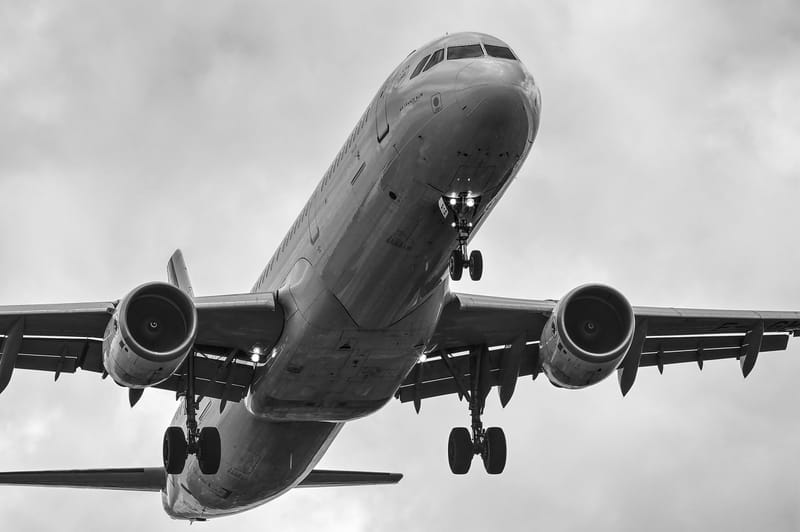Basic handling & Load control

Chapter 1 - Definitions and terminology
Chapter 2 - Aerodynamics
• Principles of balance
• Center of gravity and pressure
• Stability and principles of aircraft stability
• Aerodynamic forces
• Aerodynamics at takeoff
• Mean Aerodynamic Chord (MAC%)
• Safe remote at MAC%
• Weight Limitations
• Limitations of the structure
• Load area limitations
• Securing the load
Chapter 3 - Aircraft Knowledge
• The main parts of the aircraft
• Fuselage and Wings
• Flaps / Slats / spoilers and ailerons
• Aircraft tail
• Propulsion system
• Landing gear
• Aircraft systems
Chapter 4 - Wide Body Aircraft
Chapter 5 - Load Devices (ULD)
Chapter 6 - Meteorology
• Atmosphere and international standard
• Water, steam and ice
• Aggregation states
• Relative humidity
• The fog
• Vertical stability
• clouds
• Atmospheric pressure and wind
• Air masses and frontal systems
• Meteorological hazards
• METAR
• FAT
• SIGMET
• Maps
• Exercises
Chapter 7 - Air traffic control
• Air traffic service and airspace separation
• Types of flights
• Airspace structure
• Legislation and documentation
• Flight plans
• NOTAM sites
• Exercises
Chapter 8 - Staff responsibilities - IATA AHM 590
• Ramp handling agent (F2)
• Load control agent (F1 + F3)
• Coordination of aircraft handling
Chapter 9 - IATA signals and messages
Chapter 10 - Weight & Balance Control
• Aircraft weights
• Definitions of weights
• Weight calculation
• Maximum allowable load
• Maximum oil allowed
• Weight equations
• Aircraft balance
• Empty aircraft weight
• Balance using the Index method
• Balance using the Graphics method
• Balance using the Wheel method
• Exercises
Course duration: 5 days / 40 hours



